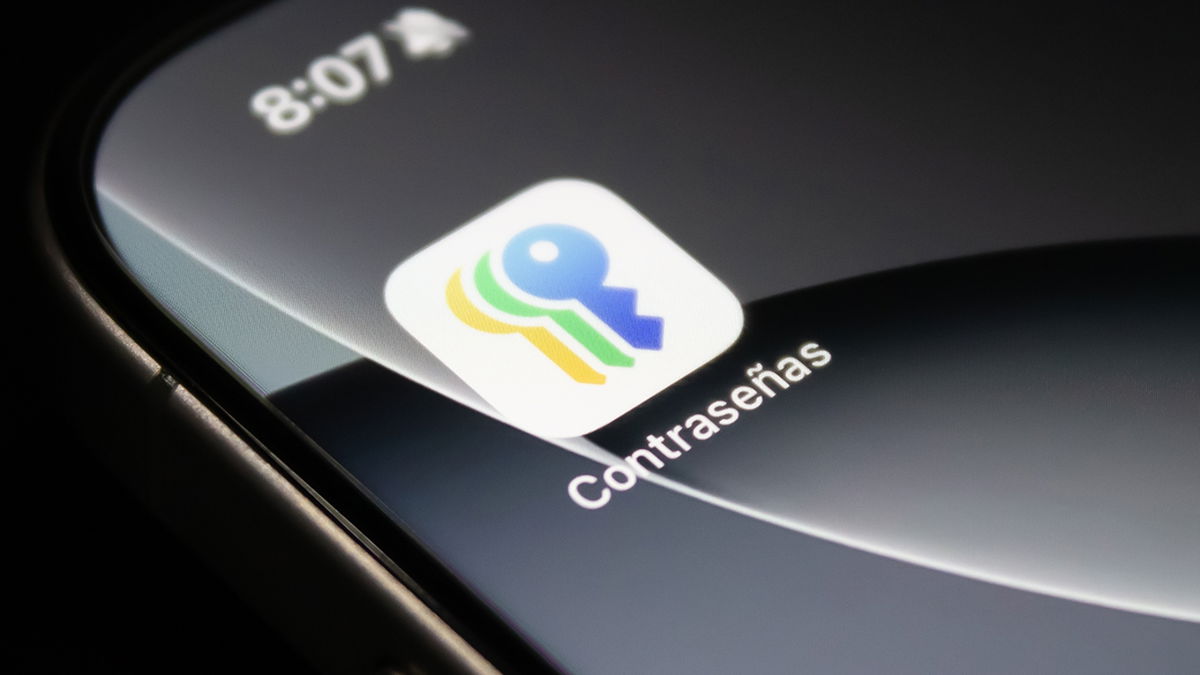One of the new features of macOS Monterey is that with this version of the operating system comes shortcuts to the Mac. The automation app that we already love on our iPhone or iPad has received new functions, design, more possibilities and has landed triumphantly on our desks. And Automator? It’s always available, although it’s a good idea to save a backup copy of our feeds before you start using them in Shortcuts.
A backup, just in case
During the last WWDC21, Apple announced that Shortcuts are coming to Mac with macOS Monterey. Although Automator is still available in this OS update, the idea is that we can use all our Automator feeds in Shortcuts. When testing the system in early beta releases, the truth is that Automator’s interoperability to shortcuts works great. We open or just drag a feed from Automator to the shortcuts and the system opens it in the app and saves it so we can use and edit it in the future.
That said, it’s a good idea that we keep a backup of our Automator feeds, just as a precaution. For the feeds we saved in the iCloud Automator folder, we just copy and paste to a new location, but what about quick actions? Quick actions are those that appear on the TouchBar or the context menu when we click on a file. These are also true Automator feeds, but their location is somewhat peculiar. The steps to locate and copy them are as follows:
- We open the Finder app.
- We display the menu I.
- We hold down the Option (⌥) key.
- We click on Library.
- We are looking for the file Services.
- We copy all of your content to a new location.
It’s easy. With the dedication that some power automation workflows sometimes require have a backupEspecially if we’re thinking of testing the macOS Monterey Public Beta, that’s a great idea.
As Craig Federighi commented during the last WWDC, the arrival of Shortcuts to the Mac represents a first step in a transition that will last a few years. Hopefully Automator will eventually disappear, perhaps in macOS 13 or later, in favor of shortcuts. A change that brings even more unity and interoperability to the operating systems of our favorite devices.









